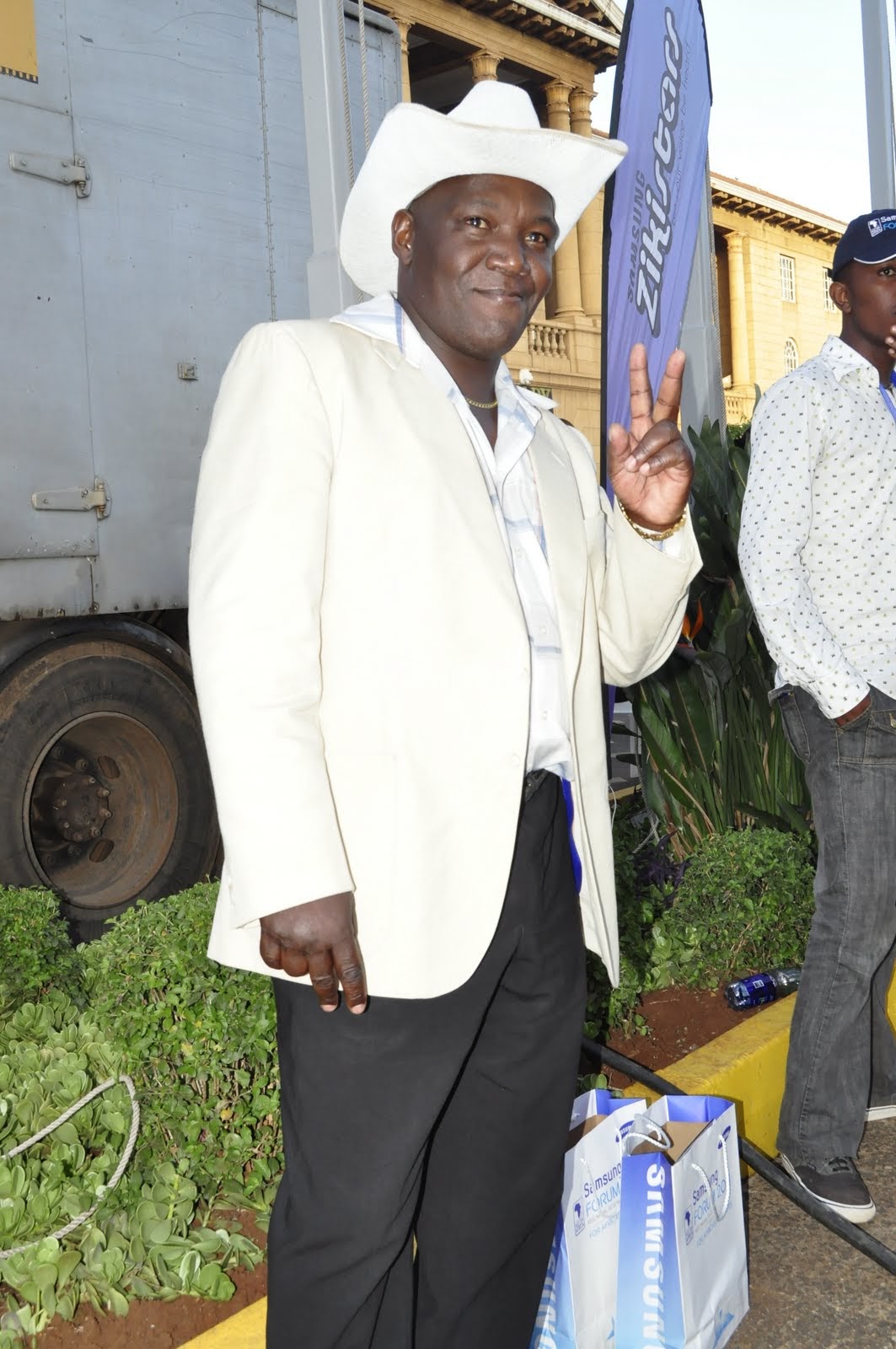In Kenya’s vibrant music scene, copyright infringement has become a pressing concern, affecting artistes’ rights and livelihoods.
By Tela Wangeci
The music ecosystem is rather complicated; to outsiders, it majorly consists of the artistes, producers, and videographers, but a deeper look on the inside reveals that it is no easy man’s game. Since the 1970s, the music industry has established structure changing the craft from just a hobby to a money making machine.
With continuous evolution, the music structure has branched out into different disciplines, such as law, which protects artistes’ rights; distributors, who act as the link between artistes, DSPs, and fans; publicists, who maintain the image of artists; publishers, and many more interdisciplines.
At the end of the day, it’s an interconnected chain where everyone has a sufficient role to play. Unfortunately the business side of music tends to be shunned as it’s often tedious and less glamorous.
In the past few years, the lack of attention to key details in the business side has led artistes and their teams into murky water with the law, especially when it comes to intellectual property. Sadly, most don’t even know what intellectual property is.
According to the World Trade Organisation (WTO), Intellectual Property (IP), when it comes to songs and artistes, refers to the rights given to persons over the creations of their minds. These rights typically give the creator exclusive control over the use of their work for a certain period.
Originally, music copyright only focused on the physical aspects of a song. Rather than listening to songs and comparing them, they looked at lyrics and melodies printed on sheet music. Issues of IP often arise when it comes to sampling and interpolation, as there is a fine line between the two.
One way artistes tend to avoid copyright is through sampling. Often confused for interpolation, sampling involves taking portions of pre-existing songs and incorporating them into new original work.
Music copyright infringement is a significant issue in the entertainment industry, with serious legal and financial consequences for those involved. Copyright laws protect artistes’ rights by ensuring they receive due credit and compensation for their work. However, disputes often arise over the unauthorised use of musical elements such as lyrics, melodies, beats, and samples.
One of the most notable copyright infringement cases was Nicki Minaj Vs Tracy Chapman. In summary, Tracy Chapman’s team denied Nicki Minaj rights to “Baby Can I Hold You”, and the latter decided to use her creative space to interpolate the song leaning more into a new creation.
Due to the fact that Chapman’s team denied Nicki Minaj the rights, she didn’t release the song but unfortunately the song was leaked on local radio by Funkmaster Flex. Despite this, Tracy’s camp felt there was an infringement of her rights and the judge ruled in favour of Tracy Chapman since the song was already played on air.
In Kenya’s vibrant music scene, copyright infringement has become a pressing concern, affecting artistes’ rights and livelihoods. Understanding the intricacies of music copyright and examining notable infringement cases can offer valuable insights into the challenges and protections within the industry.

Music copyright grants creators exclusive rights to their works, including reproduction, distribution, public performance, and adaptation. In Kenya, the Kenya Copyright Board (KECOBO) oversees the administration and enforcement of these rights, while the Music Copyright Society of Kenya (MCSK) is tasked with collecting and distributing royalties on behalf of artistes.
Copyright infringement is a contentious issue in Kenya’s music industry, bringing to light the growing concerns artistes face when their creative works are used without permission. In 2022, the popular Kenyan Rap group, Wakadinali, found themselves at the centre of such a dispute when they accused social media influencer, Brian Mutinda, of using their song, “Geri Inengi” in a promotional video without obtaining the necessary rights.

The video in question was created to market KCB Bank Kenya Limited (KCB) products, leading Wakadinali to demand accountability for what they deemed a violation of their intellectual property.
Through their legal representatives, Wakadinali issued a demand letter alleging that Mutinda had used their song in a commercial capacity without consent. The group argued that the video, which prominently featured their song, was created to promote KCB financially, yet neither Mutinda nor the bank had obtained a synchronisation license—a legal requirement for using copyrighted music in audiovisual productions.
Their demands included the immediate removal of the video from all social media platforms, a public apology from the involved parties, and an acknowledgment of liability for the infringement.
The Kenyan Copyright Act (2001) provides the legal framework governing copyright protection in the country, safeguarding artistic and creative works from unauthorised use. In the case of musical compositions, copyright is divided into two main components: the composition, which includes lyrics and melody, and the sound recording, which refers to the recorded version of the song.
The law grants the copyright owner exclusive rights over how their work is used, meaning any form of reproduction, distribution, or synchronisation with other media requires their explicit approval. This was the core of Wakadinali’s complaint—they had neither licensed nor assigned the right to use their song in the promotional video, making Mutinda’s actions unlawful.
One of the key aspects of this dispute is the issue of synchronisation rights, which are required when music is paired with video content. A synchronisation license must be obtained directly from the copyright holder or their appointed representatives before a song can legally be used in an audiovisual production.
Since Wakadinali had not issued such a licence, their legal argument was that Mutinda’s video constituted unauthorised synchronisation, making both him and KCB liable for infringement. The counter argument presented by Squad Digital was that Instagram’s policies permitted such use, but a closer examination of the platform’s terms revealed otherwise.

Instagram explicitly states that nothing in its terms of use grants users the right to use music for commercial purposes, emphasising that such actions still require proper licensing.
Another critical element in the case is the distinction between personal and commercial use. If a song is used privately, such as in a personal Instagram video with no commercial intent, copyright infringement may not apply.
However, in this instance, the video in question was created to market KCB Bank’s products and was later reposted by the bank itself, indicating clear commercial intent. Under Kenyan copyright law, the unauthorised use of music for financial gain without the consent of the copyright owner is a direct violation of the law, reinforcing Wakadinali’s claims.
The case also draws parallels with other recent copyright battles in Kenya’s music industry. Notably, Nonini vs Brian Mutinda in 2023 was a similar dispute where Nonini successfully sued for the unauthorised use of his song in a promotional video.
Another landmark case involved JB Maina and Safaricom between 2010 and 2014, in which the musician sued the telecommunications giant for using his songs as caller tunes without compensation. These cases indicate that Kenyan artistes are increasingly taking legal action to protect their intellectual property, setting a precedent for the enforcement of copyright laws in the digital era.

The Wakadinali dispute underscores the need for brands, influencers, and advertising agencies to exercise due diligence when using copyrighted material. While social media has made music more accessible, it does not exempt companies or individuals from legal obligations when using such content for commercial purposes.
The misunderstanding surrounding Instagram’s terms of use in this case highlights the importance of understanding digital rights and seeking proper licenses before incorporating music into brand-related content.
Beyond legal implications, the case raises broader concerns about the fair treatment and compensation of Kenyan musicians. As the entertainment industry continues to evolve, artists must remain vigilant in protecting their work from exploitation.
Meanwhile, businesses and content creators must recognise that music is not just background noise—it is intellectual property that carries significant economic value.
Ultimately, the Wakadinali vs. Brian Mutinda case was a wake-up call for the industry. It reaffirms that copyright laws exist to protect creatives and that violating these laws can have serious consequences. While the matter is yet to be resolved in court, its outcome will likely set an important precedent for how music copyright is interpreted and enforced in Kenya’s digital landscape.
Tela Wangeci is a culture journalist using words as the mirror to her society. Hailing from Kenya, she believes in highlighting the underground scene and trivial issues affecting the music industry. When she’s not pointing out issues in the music industry she’s busy running her mouth on X @tela_wangeci



